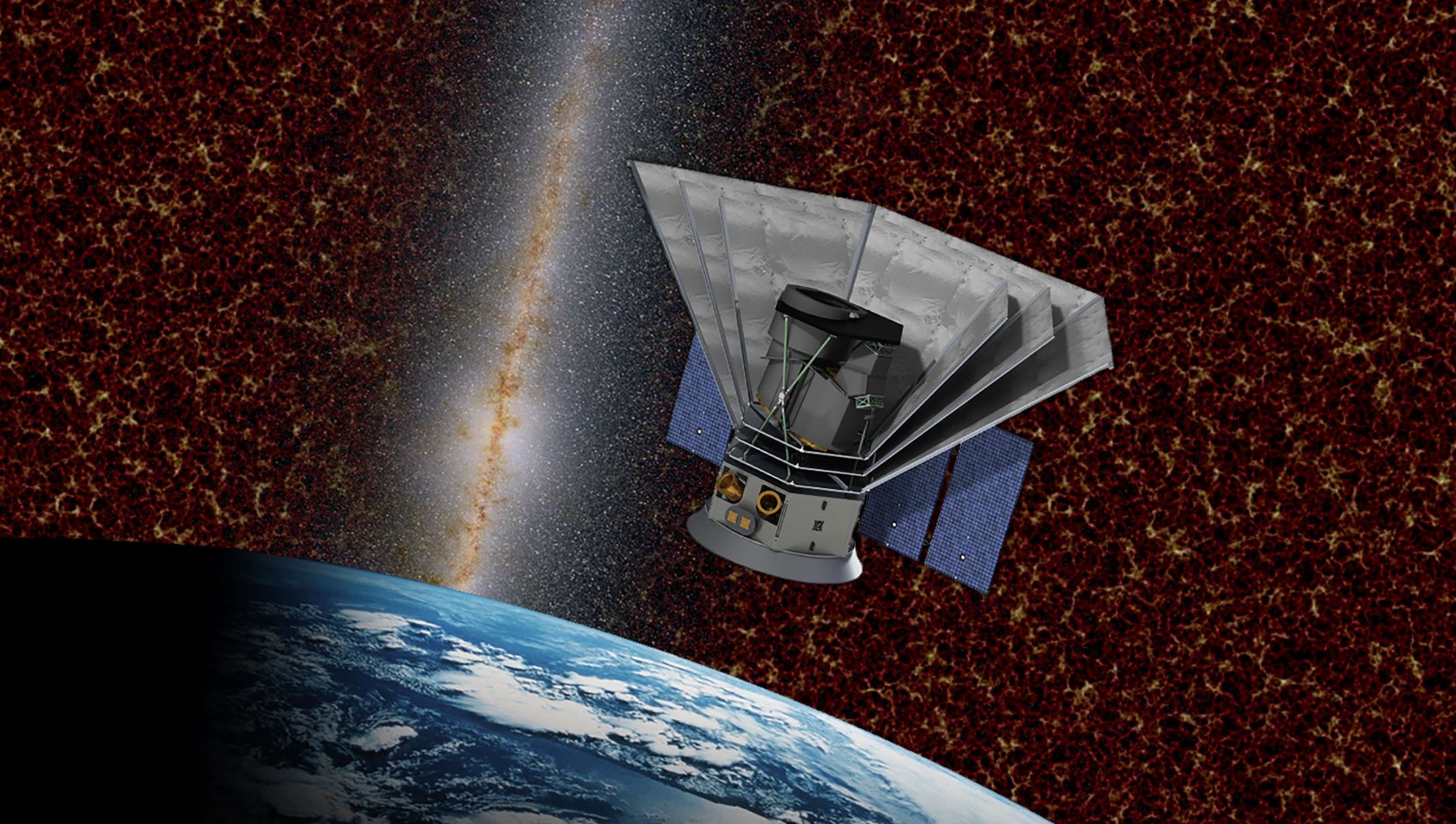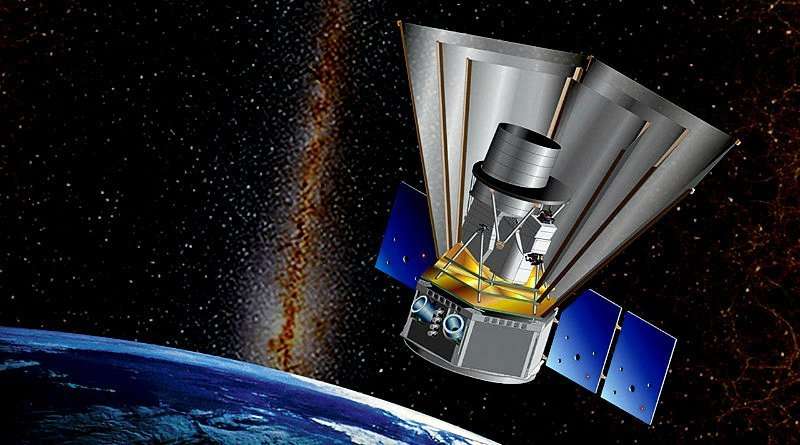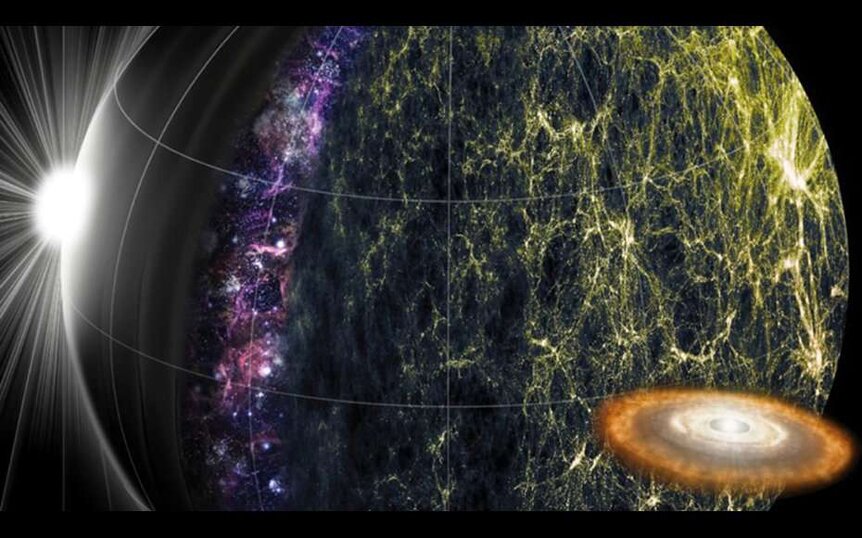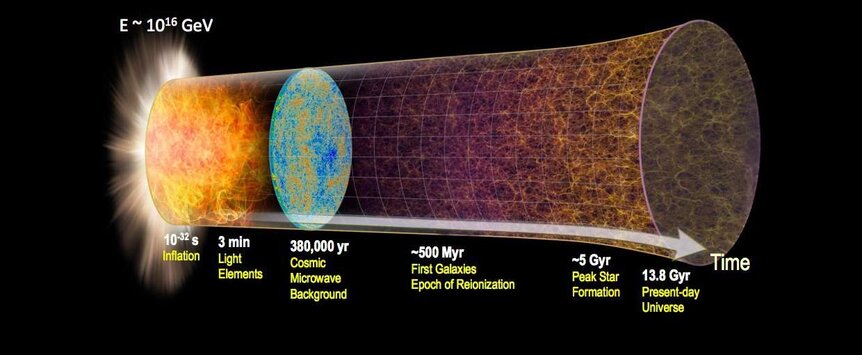Create a free profile to get unlimited access to exclusive videos, sweepstakes, and more!
NASA's new 3D mapping space telescope 'SPHEREx' enters final design stage

We've come a long way since the Greek astronomer Hipparchus composed one of the earliest catalogues of Western stars circa 129 BC, and as technology has evolved to create expansive new maps of the night sky, we somehow don't feel so alone here on our Big Blue Marble.
Last month we showed you a remarkable new all-sky map created by a team of international astronomers known as the Gaia Collaboration, revealing an up-to-date catalog determined by the ESA's orbiting Gaia space observatory and unveiling the relative positions, distances, colors, luminosities, and paths of almost two billion stars in our Milky Way galaxy.
Now NASA/JPL is elevating their game even further with the development of an upcoming 3D mapping space telescope that will be capable of scanning the entire sky to study the rapid expansion of the universe following the big bang, the makeup of fledgling planetary systems, and the history of a dizzying array of galaxies.
This advanced orbital observatory named SPHEREx (Spectro-Photometer for the History of the Universe, Epoch of Reionization and Ices Explorer) is now inching its way up the design ladder and is another step closer to an official test launch by clearing developmental hurdles and entering into mission Phase C.
This is where the space agency has given the thumbs-up to engineers' preliminary design plans for the telescope, allowing scientists to move forward on conceiving a final, more detailed design and fortifying it with sensitive hardware and targeted software.
SPHEREx is being overseen by NASA's California-based Jet Propulsion Laboratory and is slated to blast off in a launch window somewhere between June 2024 and April 2025.
Its complement of instruments will detect near-infrared light, which are wavelengths invisible to the human eye and many times longer than visible light, mapping the whole sky four times and composing a mind-boggling database of stars, galaxies, and nebulas. Astronomers will be relying on the future mission to collect data on over 300 million galaxies, as well as more than 100 million stars shining in our own home galaxy.
The Volkswagen Beetle-sized probe will employ spectroscopy to dissect near-infrared light into separate colored wavelengths, similar to how prisms break sunlight into its rainbowed range of colors. This method can determine an object's composition due to individual chemical elements absorbing and radiating distinct light wavelengths.
It will also be called upon to estimate celestial objects' distance from Earth, allowing for a mesmerizing 3D all-sky survey map. SPHEREx will also hold the distinction of being the first NASA mission to compile a full-sky spectroscopy map in near-infrared in a combined 102 colors, vastly improving upon the color resolution of earlier all-sky maps.
"That's like going from black-and-white images to color; it's like going from Kansas to Oz," said Allen Farrington, the SPHEREx project manager at JPL.
The SPHEREx science team has three primary goals for the $242 million, two-year mission. First: to hunt for evidence of something that might have occurred less than a billionth of a billionth of a second after the big bang, a historic instance when the fabric of space imay have quickly expanded in a process called inflation. Second: To study the history of galactic formation, beginning with the initial stars to flare following the big bang and extending to present-day galaxies by studying the faint glow created by all the galaxies. Third: Scientists will inspect the SPHEREx map to search for the essential building blocks of life, water ice and frozen organic molecules, around fertile stellar nurseries in the Milky Way.
"It felt like we were producing a movie," explained Beth Fabinsky, SPHEREx's deputy project manager regarding the approval process. "There was just a lot of thought put into the production value, like making sure the animations we wanted to show would work over limited bandwidth."
Right now the entire SPHEREx crew is hunkering down for the next two years, crafting the necessary mission components prior to leaping into the next mission stage, when those parts will be assembled, then run through rigorous testing, and finally launched into Earth orbit to gaze into the abyss.

















